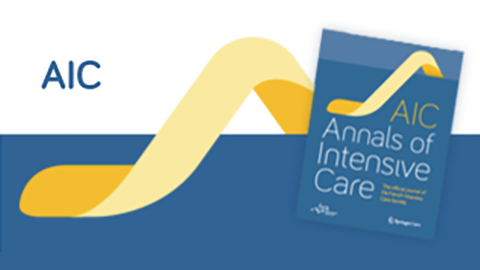17/06/2017


Source
Abstract
Background
This study aimed to provide a new global and comprehensive evaluation of recent ICU ventilators taking into account both technical performances and ergonomicsMethods
Six recent ICU ventilators were evaluated. Technical performances were assessed under two FIO_2 levels (100%, 50%), three respiratory mechanics combinations ( Normal : compliance [ C ] = 70 mL cmH_2O^−1/resistance [ R ] = 5 cmH_2O L^−1 s^−1; Restrictive : C = 30/ R = 10; Obstructive : C = 120/ R = 20), four exponential levels of leaks (from 0 to 12.5 L min^−1) and three levels of inspiratory effort (P0.1 = 2, 4 and 8 cmH_2O), using an automated test lung. Ergonomics were evaluated by 20 ICU physicians using a global and comprehensive model involving physiological response to stress measurements (heart rate, respiratory rate, tidal volume variability and eye tracking), psycho-cognitive scales (SUS and NASA-TLX) and objective tasks completionResults
Few differences in terms of technical performance were observed between devices. Non-invasive ventilation modes had a huge influence on asynchrony occurrence. Using our global model, either objective tasks completion, psycho-cognitive scales and/or physiological measurements were able to depict significant differences in terms of devices’ usability. The level of failure that was observed with some devices depicted the lack of adaptation of device’s development to end users’ requestsConclusions
Despite similar technical performance, some ICU ventilators exhibit low ergonomics performance and a high risk of misusage.Liens article
©2017 The Author(s)